Australia To Drop Poisoned Sausages From Planes In Plan To Kill Millions Of Cats
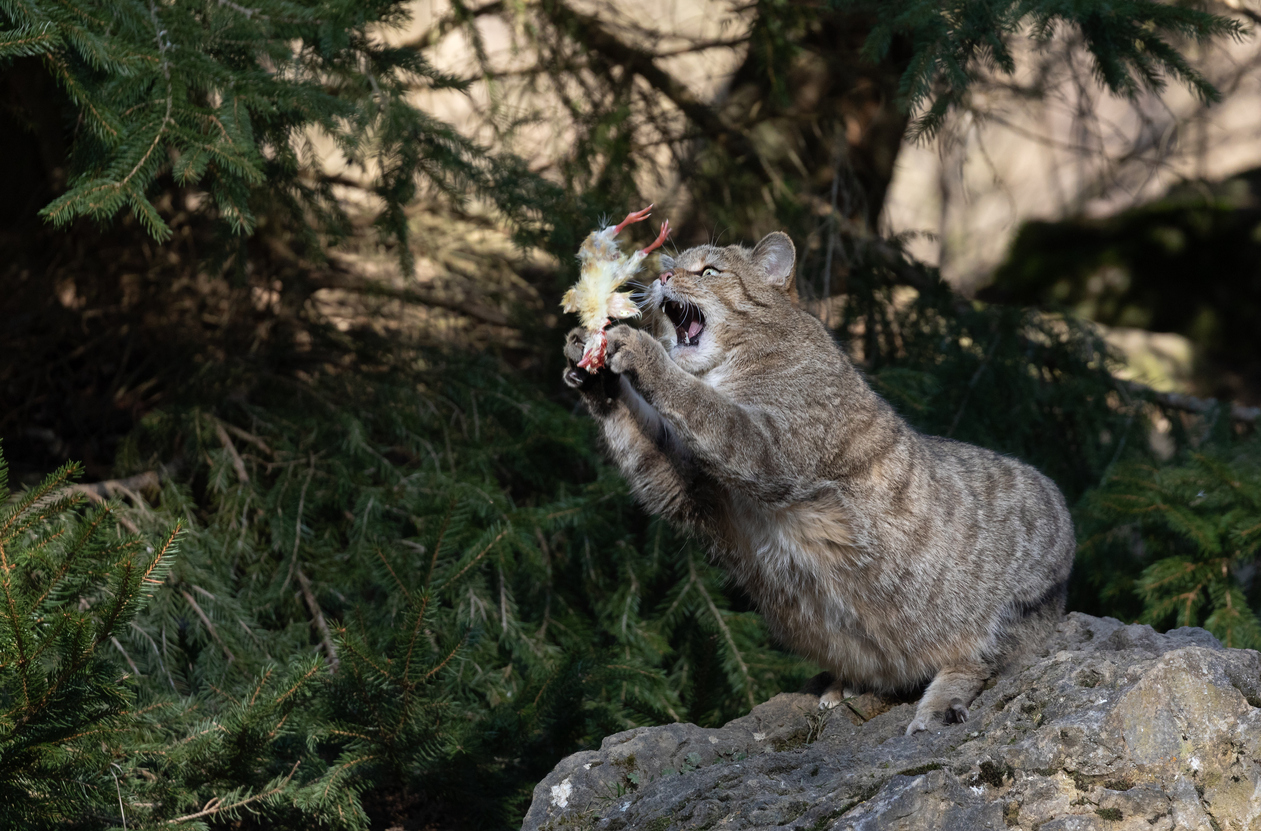
If you want to create a public relations firestorm, one sure way to do it is to announce a plan to kill animals. Australia has done exactly that, according to Lad Bible, by initiating actions to kill between two and six-million feral cats roaming the countryside.
Drawing from the 2015 Threatened Species Strategy, the government has decided to poison the cats by air-dropping a specially-developed sausage containing a virulent poison known as 1080.
Cats were most likely introduced to Australia by English ships in the 1700s. They were used in many ships for rodent control, and the current thinking is that the millions of cats around today descended from just a few escaped ones.
While ancient societies have revered and even worshipped the cat, and although they are a domesticated pet in today’s world, they are a predator of enormous consequence in Australia.
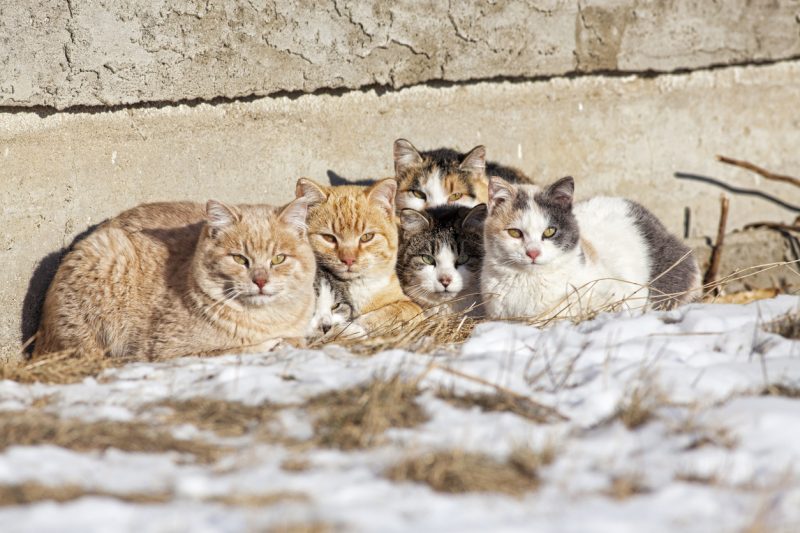
In the Threatened Species Strategy, the government alleges that “The scientific evidence is unequivocal that feral cats are one of the greatest threats to Australia’s land-based mammals.”
The plan targets killing two million cats by 2020, driven by a growing concern for many indigenous species of wildlife – in particular, small mammals. Estimates are that feral cats are responsible for the extinction of over twenty-five separate species since their introduction into Australia.
https://www.youtube.com/watch?v=9v2wtPpzaYg
Over one hundred additional Australian species are listed as “critical” or “threatened” by the International Union for Conservation of Nature, which further states that feral cats are a leading threat to over twenty of these species.
Australia has the highest mammal extinction rate in the world, caused in part by the presence of these cats.
In addition to the mammals, estimates are that the cats also kill almost four hundred million birds and over six hundred million reptiles in Australia every year.
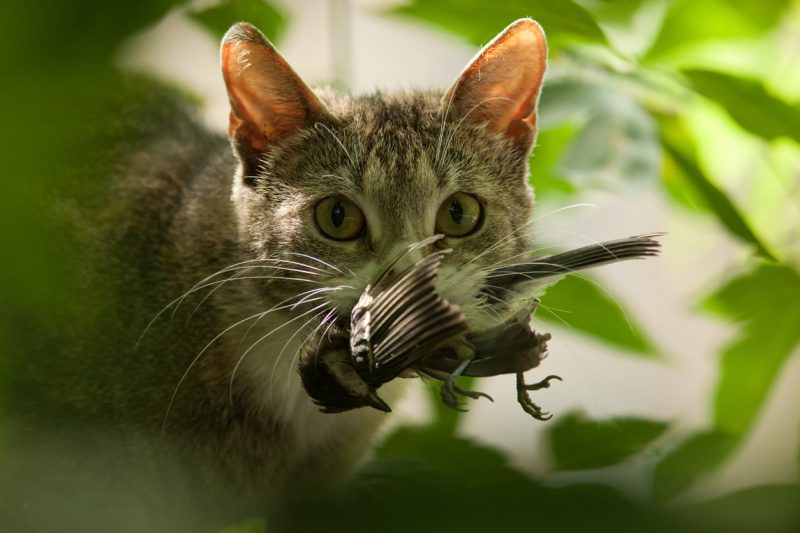
Researchers at a university in Melbourne have reported an estimated 211,000 feral cats have been killed already as part of this program, but the vast majority of them have been shot, not poisoned.
As expected, animal rights groups, ranging from PETA to the Brigitte Bardot Foundation, are outraged, arguing that culling is inhumane and that sterilization is a better solution.
They do, however, acknowledge the severity of the risk to other species.
There is even discord about the approach within the scientific community. One group of researchers has questioned the validity of the two million cats to be killed and whether or not it actually addresses the underlying issues of mammal preservation. They question whether, given the reproduction rate of the cats, the overall population will be lowered at all.
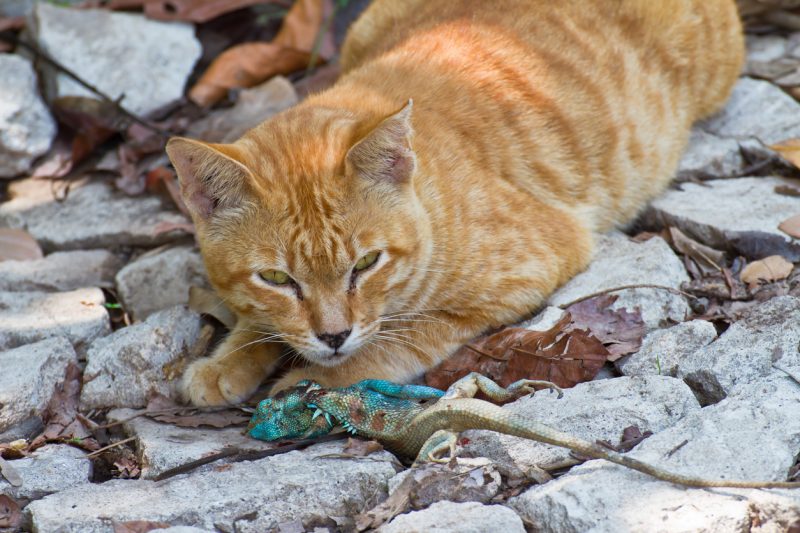
There is even conflict within the government about the plan to poison the animals. Several years ago, when the kangaroo population was a serious issue in parts of the country, the government offered three potential culling scenarios: shooting, capture-darting followed by execution, and poisoning.
The study concluded that “Poisoning has been used in some parts of Australia to kill kangaroos and wallabies. At the present time there does not appear to be a safe, humane, and environmentally benign poison or poisoning technique available.” Poisoning will not be approved as a kangaroo culling technique in the ACT unless humane, safe, target-specific, and environmentally benign techniques are developed.
Similar plans to use poisons to cull burgeoning animal populations have generated concern over the potential unforeseen impact on other species. Plans to use warfarin, a blood-thinning product, to kill off feral hogs in Texas raised concern over the impact of the residual drug on carrion eaters such as vultures, crows, and hawks.
Other instances have resulted in insect-eating birds being killed off by secondary poisoning from eating ants and others feeding on the carcasses.
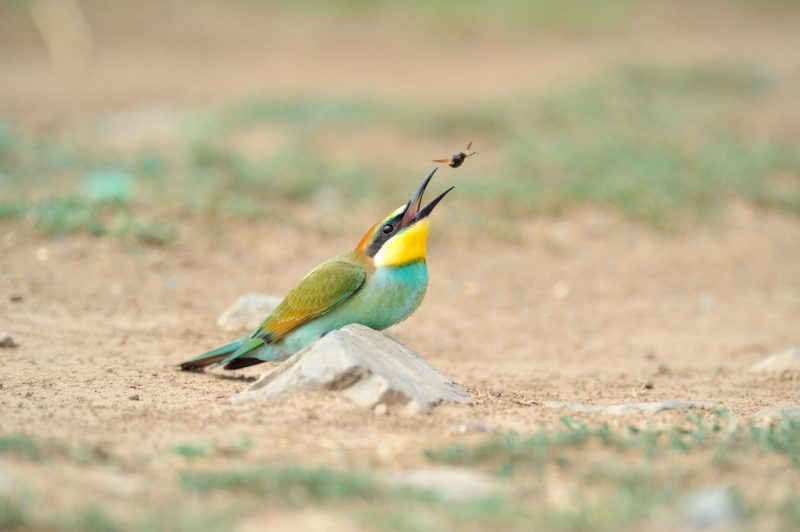
So, while the debate goes on, Australia is moving toward increasingly widespread implementation of its cat control policies. Queensland State offers a bounty for each feral cat scalp as an impetus to cull the population.
Other areas are conducting “bombing” runs, dropping thousands of poisoned sausages earmarked for consumption by the cats.
While the effectiveness of this program remains to be seen, what is known is that the controversies generated by environmental preservation will continue to be at the forefront of the public and governmental sectors.
